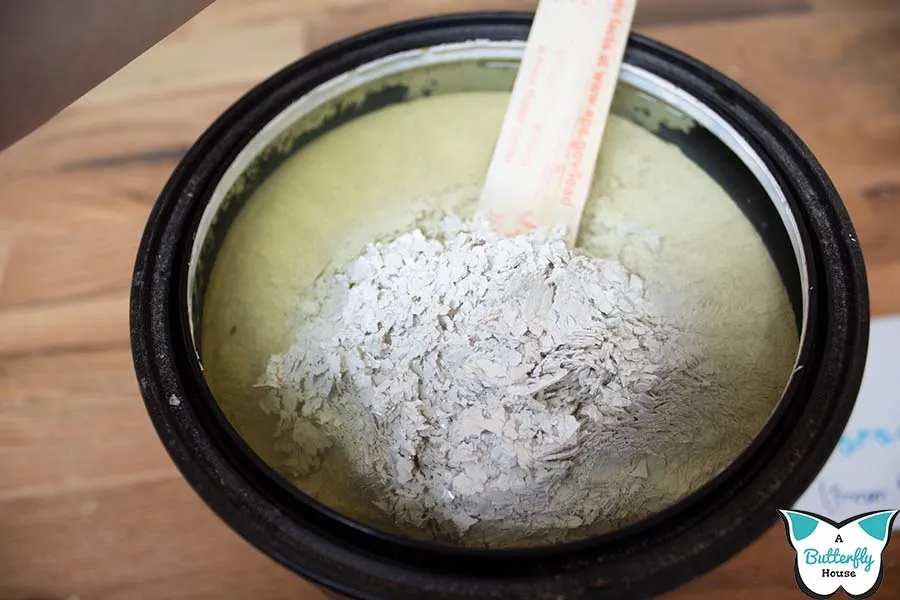How to Thaw Frozen Paint

Have you ever gone to use a can of paint only to find it completely frozen solid? It can be frustrating, especially if you need to use the paint right away. But don’t worry, there are ways to thaw frozen paint so that it can be used again. In this article, we’ll go over some methods for thawing frozen paint and how to properly store your paint to prevent it from freezing in the first place.
Why Does Paint Freeze?
Before we get into how to thaw frozen paint, let’s first understand why paint freezes in the first place. Paint is made up of various chemicals and ingredients, including water, solvents, and pigments. When these ingredients are exposed to cold temperatures, they can freeze and solidify.
Method 1: Room Temperature Thawing
The easiest way to thaw frozen paint is to simply let it sit at room temperature until it thaws. This method works best for small cans of paint that are only partially frozen. To do this, remove the can of paint from any cold storage area and place it in a warm room. It’s important to note that you should never try to speed up the thawing process by using a heat source like a stove or microwave. This can cause the paint to become too hot and potentially ruin it.
Once the paint has thawed, stir it thoroughly to ensure that all of the ingredients are properly mixed together. If the paint appears lumpy or separated, you may need to add a paint thinner or conditioner to help restore its consistency.
Method 2: Warm Water Bath
For larger cans of frozen paint, you may need to use a warm water bath to thaw it out. To do this, fill a large container with warm (not hot) water and place the can of frozen paint inside. Make sure that the water level is high enough to cover the entire can. Let the can sit in the warm water for about 15-20 minutes, or until the paint has completely thawed.
Once the paint has thawed, remove the can from the water and dry it off completely. Again, make sure to stir the paint thoroughly to ensure that all of the ingredients are properly mixed together.
Method 3: Thawing in a Refrigerator
If you have a can of frozen paint that you don’t need to use right away, you can thaw it out slowly in a refrigerator. To do this, place the can of frozen paint in the refrigerator and let it sit for several hours or overnight. The cool temperature of the refrigerator will slowly thaw the paint without causing any damage.
Once the paint has thawed, remove it from the refrigerator and let it sit at room temperature for a few hours before using it. This will allow the paint to come to room temperature and make it easier to work with.
Method 4: Using a Paint Conditioner
If your frozen paint is still too thick or lumpy after thawing, you may need to use a paint conditioner to help restore its consistency. Paint conditioners are specially designed products that are added to paint to improve its flow and consistency. They can also help to prevent brush marks and improve the overall finish of the paint.
To use a paint conditioner, simply add a small amount to the can of thawed paint and stir thoroughly. Start with a small amount and add more as needed until you achieve the desired consistency.
Preventing Paint from Freezing
Of course, the best way to deal with frozen paint is to prevent it from freezing in the first place. Here are some tips for properly storing your paint to prevent it from freezing:
– Store paint in a cool, dry place that is above freezing temperatures.
– Keep paint away from any heat sources, such as radiators or direct sunlight.
– Make sure that the lid is tightly sealed on the can of paint to prevent air from getting in.
– If you have a partially used can of paint, transfer it to a smaller container to reduce the amount of air in the can.
Conclusion
Frozen paint can be a frustrating problem, but it’s not impossible to fix. By using one of the methods outlined above, you can thaw your frozen paint and get back to your project in no time. And by properly storing your paint, you can prevent it from freezing in the first place. So next time you’re working on a painting project, make sure to take the necessary steps to keep your paint from freezing.






